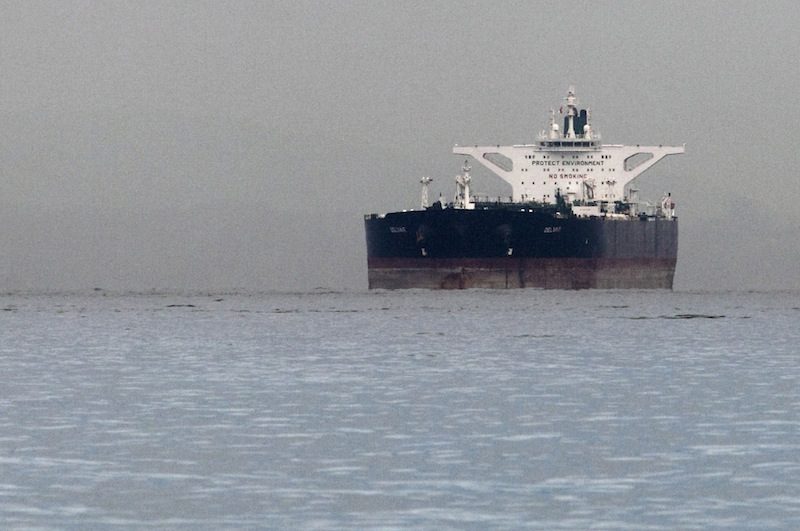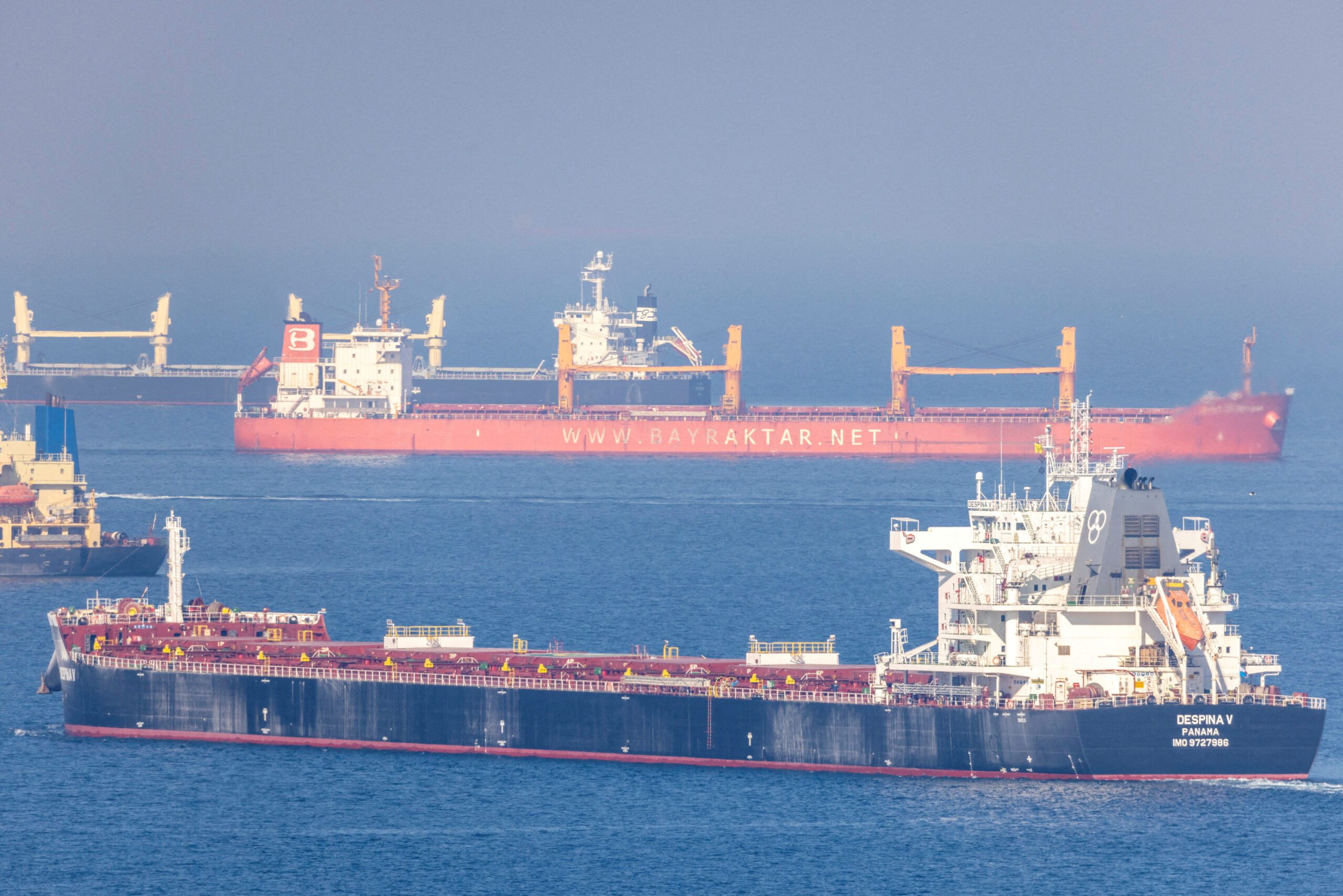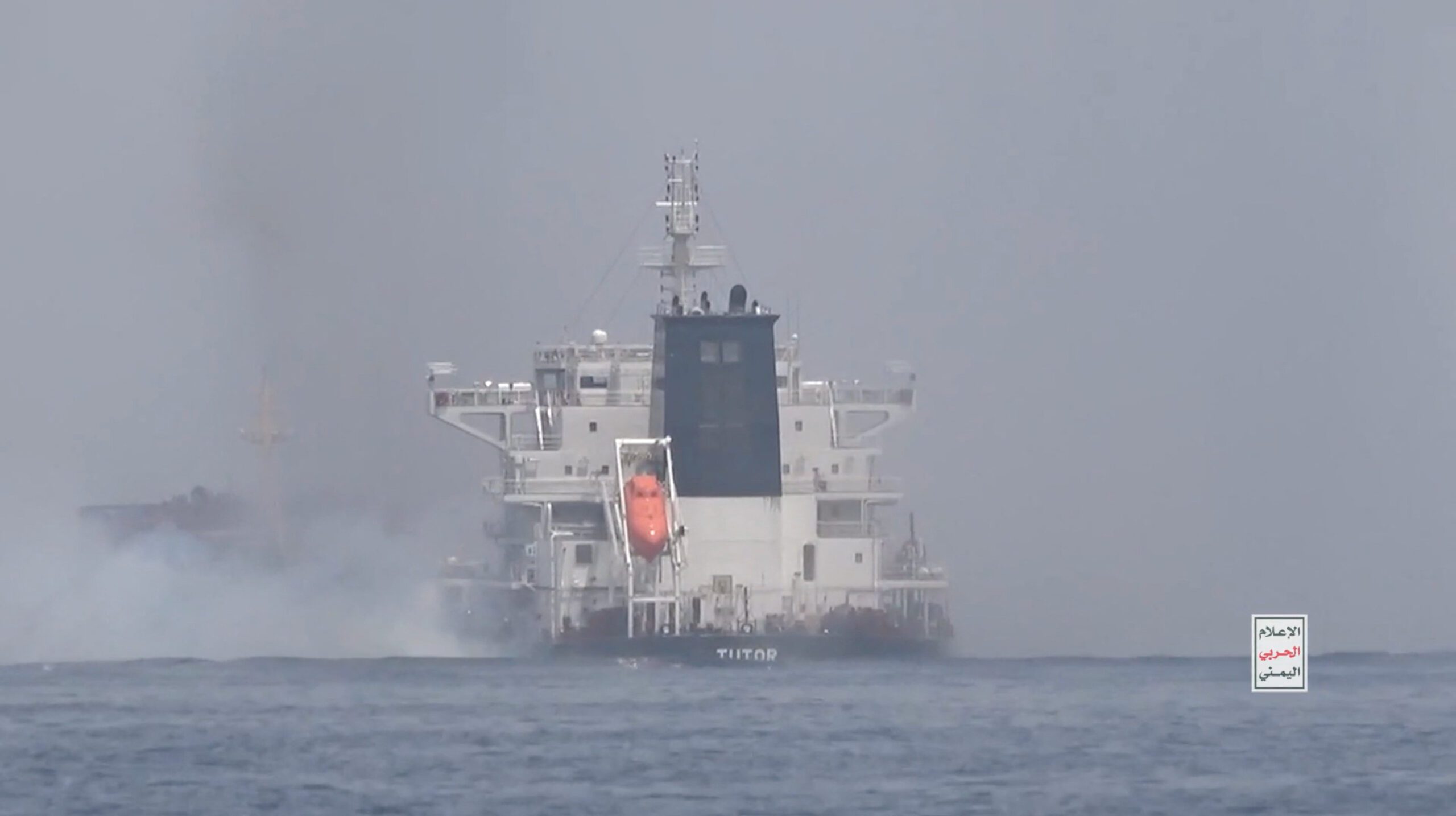By Jeslyn Lerh
SINGAPORE, June 16 (Reuters) – Global port congestion is set to continue until at least early 2023 and keep spot freight rates elevated, logistics executives said on Wednesday, urging charterers to switch to long-term contracts to manage shipping costs.
The COVID-19 outbreak has lengthened ship delivery times since 2020, pushing up freight costs, while the Russia-Ukraine conflict and lockdowns in Shanghai have added to supply chain disruptions this year.
“We believe the current congestions, not only the ports but also the landside infrastructure, will be there at least till Q1 2023,” said Peter Sundara, head of global ocean freight product for the global logistics division at Visy Industries.
While more vessels could be added to the global fleet next year, this does not mean that freight rates will drop broadly as it depends on how ship carriers allocate increased vessel capacities, he told the S&P Global Platts Bunker and Shipping Summit.
Eric Jin, head of investment support at industrial equipment supplier BMT Asia Pacific, said rising shipping costs, longer transit times and higher uncertainty will be the “new normal” for the shipping industry.
Spot chartering rates have held firm so far this year, with supply chain disruptions and port congestion affecting ships globally, particularly in the United States and China.
The executives recommended charterers sign longer-term contracts with shipowners to overcome issues of volatile cost and availability.
It’s “no longer a case of going for three months or six months, one month, not even one year, but two to three years … because we want certainty in cost and certainty in space,” said Sundara.
BMT’s Jin said more than 60% or 65% of shippers were remaining on spot rates.
“This means they are not taking measures to deal with the new situation, this means they are prone to full supply chain risks,” he added.
Reporting by Jeslyn Lerh; editing by Richard Pullin
(c) Copyright Thomson Reuters 2022.
Unlock Exclusive Insights Today!
Join the gCaptain Club for curated content, insider opinions, and vibrant community discussions.

 Join The Club
Join The Club














